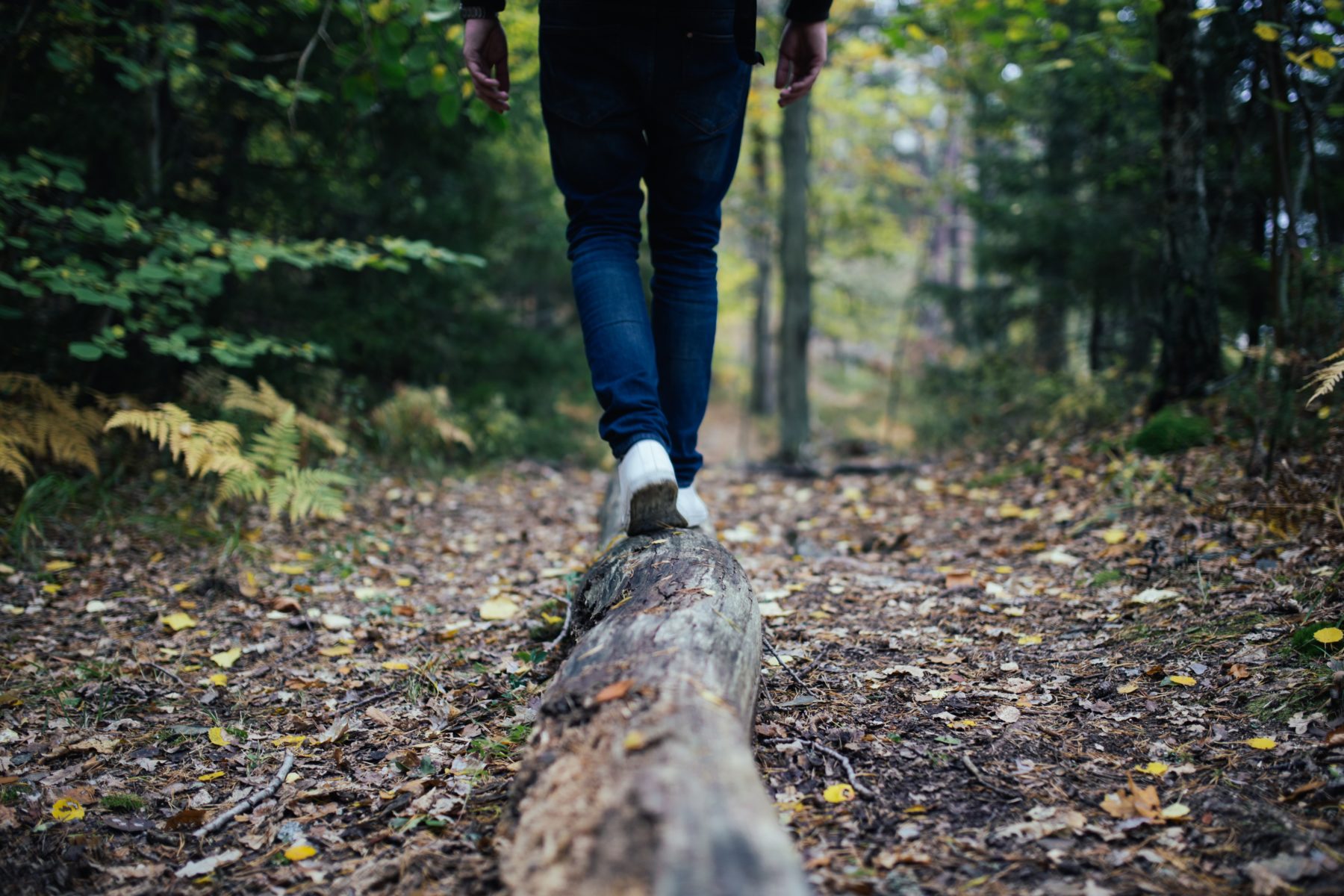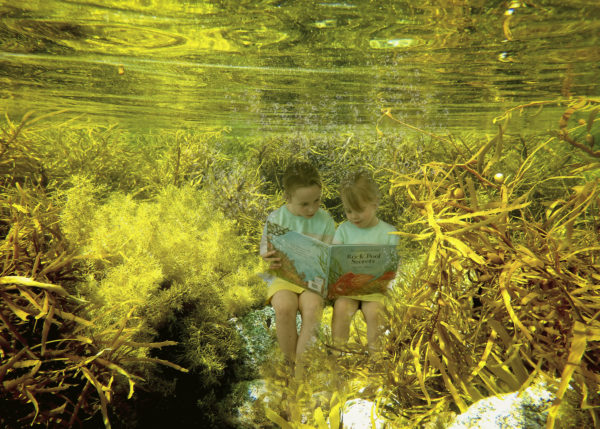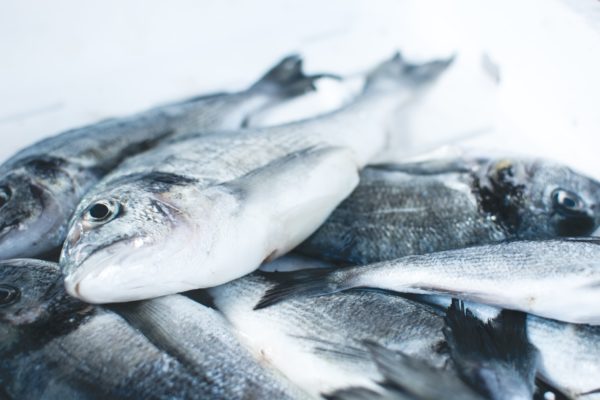How do humans go about saving the world? Well, fear might not be the answer.
In 2019, Icelanders held a funeral to mourn the loss of the once huge Okjokull glacier. At the frontline of ecological change, the Nordic region has seen a significant decline in the wellbeing of its citizens.
From the bushfire battered communities of East Gippsland to Greenland’s melting sea ice, people are seeing the direct impact our world’s destruction has on their welfare.
Research says this feeling of anguish is caused by environmental change and it has many names: biophilia, cynefin, ngurra and most often, solastalgia.
It’s a kind of homesickness for a better world.

Living in the era of the Anthropocene, there is growing anxiety over missing the boat on reducing human impact. So, how do we manage eco-anxiety and save the world?
Re-establishing our links to nature can be a start.
Celestial connections
Further from home at the International Space Station, astronauts have a planetary perspective of our home from their windows. It’s one of the only spaces where you can see Earth as a globe.
While there, many residents—including Canadian astronaut Chris Hadfield—experience a celestial epiphany.
This is dubbed by space travellers as ‘the overview effect’—the profound realisation that we’re connected to and reliant on the planet.
From 408 kilometers away, space explorers are arguably more in touch with Earth than those on the ground. And so, their stories ask us to work collectively towards re-building our relationship with nature.
Dr. Justin Lawson, a lecturer at Deakin University from the Health, Nature and Sustainability Research Group says that we – nature and humans – are hardwired for connection.
By getting out and adventuring, we can begin to understand the beauty our world provides.
“Contact with nature is key to reintegrating respect for Nature and to thereby live in a more sustainable and harmonious way.”
From here, we can take manageable steps to support, restore and care for our natural environments.

“We need action that’s grounded in simple tasks such as saving water and turning off lights and standby power.
“Some would argue that these little actions don’t count for much considering the magnitude of the problem but they are nested within a broader action of respect.
“Respect not only for the conservation of resources but also for the systems in place that support those resources,” Dr. Lawson says.
“Nature exists in a constant state of flux, where we are continually dependent on its services 24/7; 7 days/week; 365 days of the year.
“But what we are offering in return for that unconditional giving is quite a lot of grief to manage.”
This doesn’t mean all hope is lost. From rewilding to plogging (that’s jogging and picking up rubbish), there are countless opportunities for us to get closer to our Earth.
It may seem like a micro-action but it can show us how our natural spaces respond to extensive resource depletion, ocean acidification or even extinction of integral species.
By making an effort, we can drown out the narrative of fear and instead listen to something more compassionate: collective, thoughtful change that lets us lift up the world.
Instead of one person, like the mythological Atlas, hands from around the world can share the load and even the weight of the planetary crisis.
After all, if Earth was a person would you phone them up to discuss your fears or share your support?
If we’re serious about guaranteeing our futures, it’s time we dropped nature a line.
Nature and us
“At a fundamental level, nature can affect us physically, mentally, emotionally and spiritually.
“These can be broadly categorised into positive, negative and neutral states depending on the quality of the experience,” says Dr. Lawson.
Although, neutral states are becoming the new norm. Humans have become increasingly urbanised.
Meaning, it isn’t uncommon for people to feel indifferent when encountering a plain grass field filled with weeds, rather than discontent.
Clearly, it’s time we nurtured our connection to the natural world.

Dr. Lawson notes the valuable insights Aboriginal and Torres Strait Islander peoples have to share on the relationships we can have to Country.
From the declaration of Terra Nullius to the fourth industrial revolution, the West has helped create an echo-chamber that leaves behind nature.
Since then, we’ve gotten further away from our roots toward something frighteningly dystopian. Over in China, buying air in a can is a reality.
From the Banff National Park to the hills of Wales, air farmers are shipping to the smog for more than AU $170 a can.
If this is progress—pollution and the creation of a market for a commodity of human existence—it’s time to reinvent the wheel, collectively.
“It would be wrong to suggest that we need to go back to a hunter-gather type of lifestyle but what we can go back to is deepening our appreciation and reverence for nature that would hopefully keep us in check from creating industries that harm nature.”
“If we are prepared to forego ‘quick-fixes’ and invest time exploring natural environments and supporting social networks, then we can potentially disrupt the current paradigm of ‘placelessness’ and create a real ‘home’ that we would strongly care about not destroying,” he says.
Future for life
2050 is not far around the corner, so we asked Dr. Lawson what the future could bring.
He asked us to consider retired researcher Glenn Alberecht’s ideas for the ‘new era’: Symbiocene, which unlike the Anthropocene, is defined by there being no discernable impact of human activity on the planet.
“Everything we do will be integrated within the support systems of all life. It is an era that is marked by symbiotic relationships, that is more inclusive and less divisive.”
“We are all in this together, so let’s join forces rather than divide and factionalise.

“This new Generation [a collective of Gen X, Y and Z] has the opportunity to preserve and protect what is left of nature and truly make the most of it,” Dr Lawson says.
We could even see the 1960s rise of biophilia make a comeback with a rejuvenated purpose. Dr. Lawson explains that pin-pointing its definition is often tricky, but not without value.
“Often I remind my students of the full definition of biophilia in that it’s not just a love of all of nature but also life itself”
He reminds us and them, that loving the environment and life at its core, is capable of nurturing us to take action and drive us to do something, no matter how small.
From a glacier funeral to plogging, we can all do our bit to stem the tide of eco-anxiety and to save our Earth.
Eager to learn more? Dive in to Dr. Lawson’s mini-documentary Remember the Wild.



